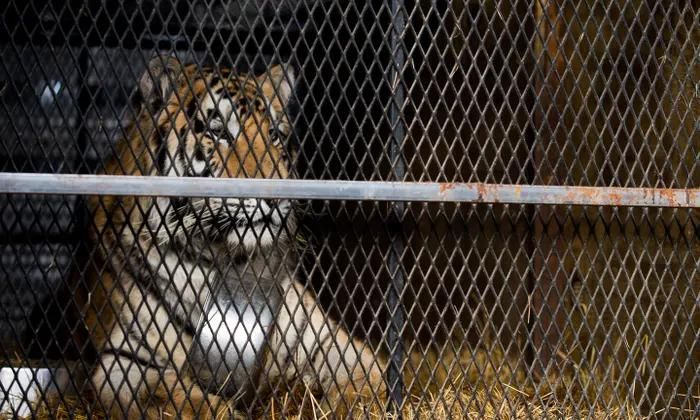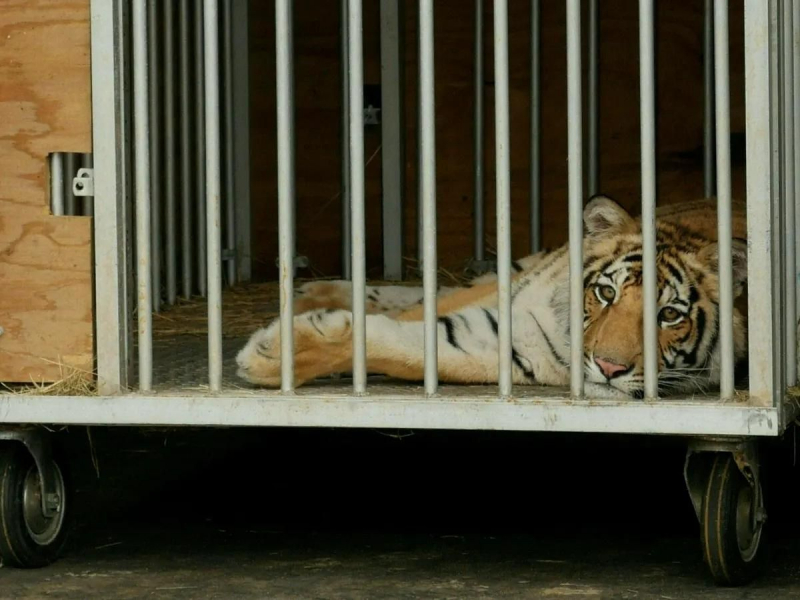Bengal tigers have faced many threats
Poaching and habitat destruction are the two main dangers facing the Bengal Tiger. As sea levels rise and alter the structure of mangrove systems, those tigers residing in the mangrove area are also subject to climate change.
Poaching gangs are well-organized and there is a high rate of wildlife crime, which supports the illegal traffic between China, India, and Nepal. The great value of Bengal Tiger body parts and bones makes it challenging to stop criminal activity in search of them, especially in protected regions.
The likelihood of conflict with people is also significant for Bengal Tigers living close to towns and populated areas. Sightings of Bengal Tigers are frequent in locations where both tigers and people coexist peacefully, which instills terror among locals. Stories and myths about "man-eating" Bengal Tigers are a driving force behind hunting, and farmers frequently employ poison to avoid being charged with the shooting. These conflicts will persist as expanding human populations stretch into the Bengal Tiger habitat.












